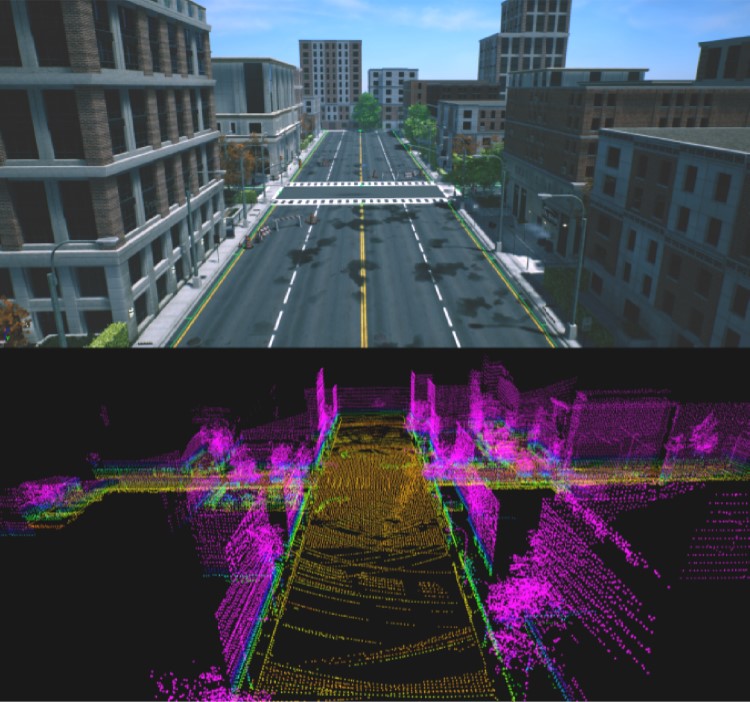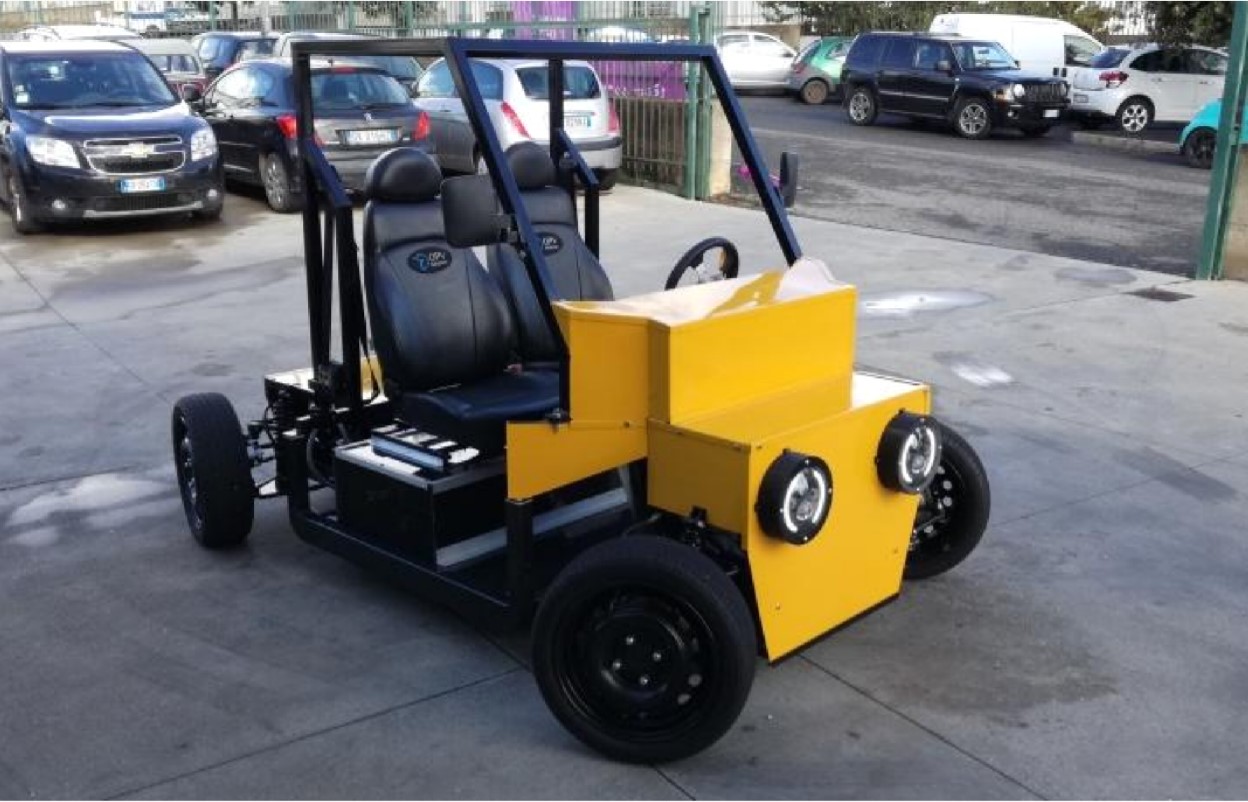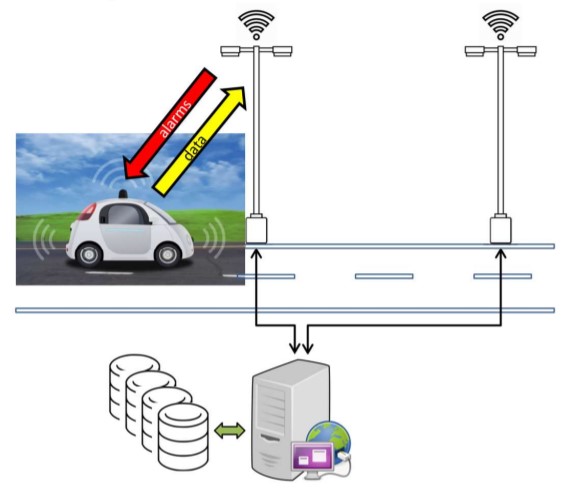Abstract – The Smart Road is a rather fuzzy concept which has gained the limelight in recent years together with its companions: Smart City, Smart District, Smart Building, Smart Home. They all describe the concept of pervasive computing: all the parts of the nowadays life can be made smart with the help of some processing power, communication capabilities and, above all, data. The trigger (and effect) of this smart wave is the so-called Internet of Things (IoT), i.e. the possibility to equip nearly every electronic device with communication and elaborative powers, together with an ever decreasing cost The Smart Road concept has been instantiated and implemented in different ways in different places, but it is intimately linked to the Intelligent Transportation System (ITS) framework. The idea is that transport and mobility must be reconsidered as an integrated and above all dynamic system where control, information and management operate synergistically and synchronously. Three laboratories of ENEA and the Engineering Dept. of the University of Perugia are currently involved in a multidisciplinary project to set up an experimental Smart Road in order to study applications and solutions for a better quality of life and energy saving in the framework of the Triennial Plan 2019-2021 of the National Research on the Electrical System (Piano Triennale 2019-2021 della Ricerca di sistema elettrico nazionale), funded by the Italian Ministry of Economic Development.
The project
Through the communication network of the roadside lamps, the electric/autonomous vehicle is able to dialog with the Smart City computing centre. In one direction the vehicle furnishes data gained with proprioceptive sensors (e.g. position, speed, battery charge, etc.) or exteroceptive ones (e.g. air temperature, pollution, road surface conditions, etc.) acting as a sort of mobile sensor device. In the other direction the vehicle may receive from the computing centre relevant information which it cannot directly and locally access: e.g. an alarm condition on the future path to be followed or a meteorological alert of any kind. In addition, the vehicle can receive instructions concerning its recharging, e.g. where and when, compatible with the overall status of the electrical grid and the wishes of the vehicle itself, such as being near to the trip destination The project is concurrently addressing four different areas of research: a) the realisation of two on-board exteroceptive sensors; b) of an electric autonomous vehicle; c) the development of several SW procedures and applications for the processing of the data in a geographical information system and d) the setting up of a test road infrastructure.




